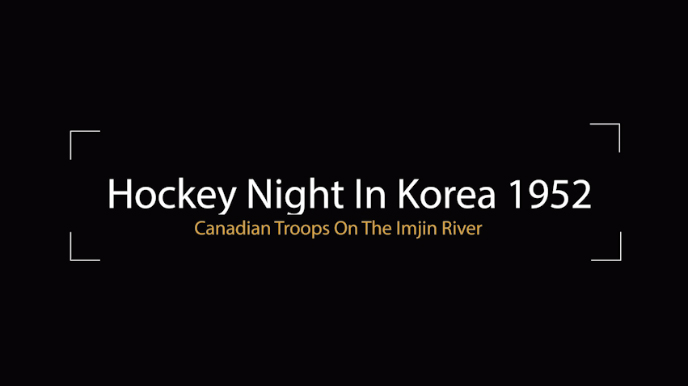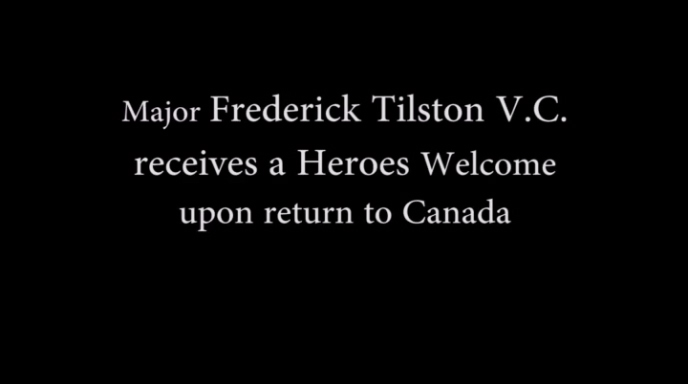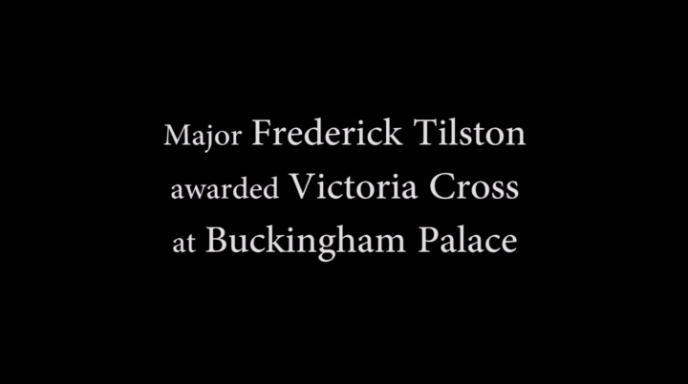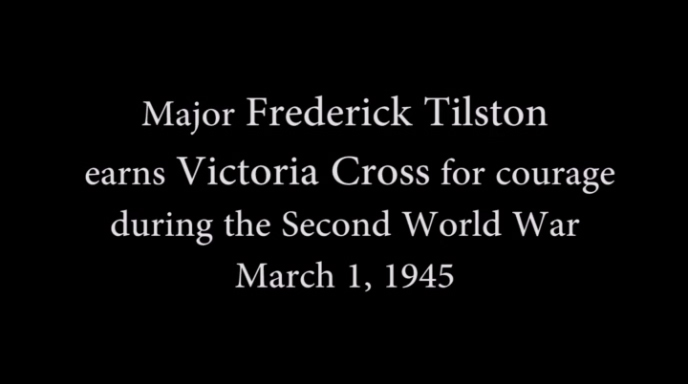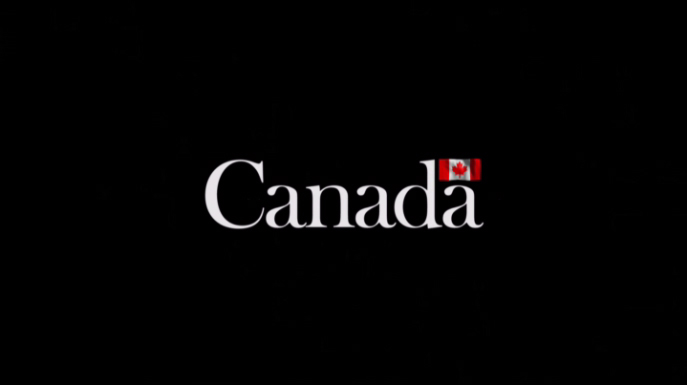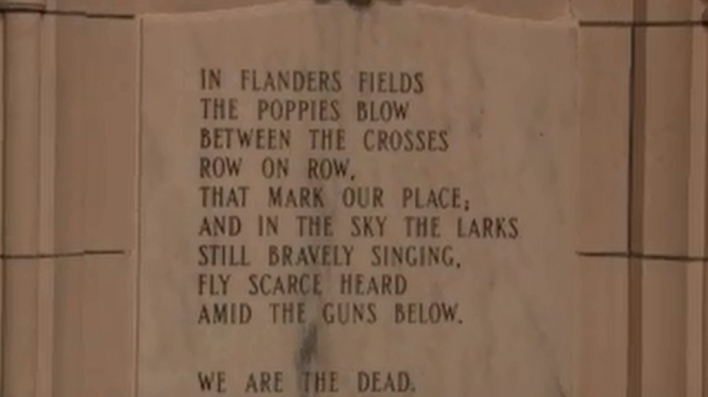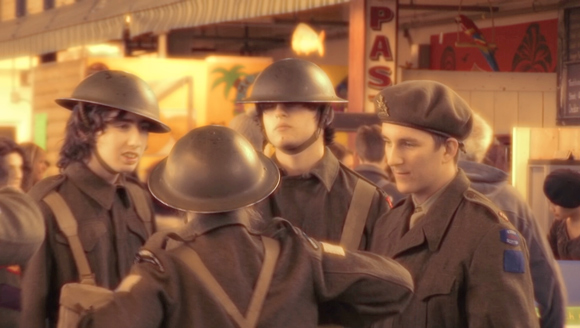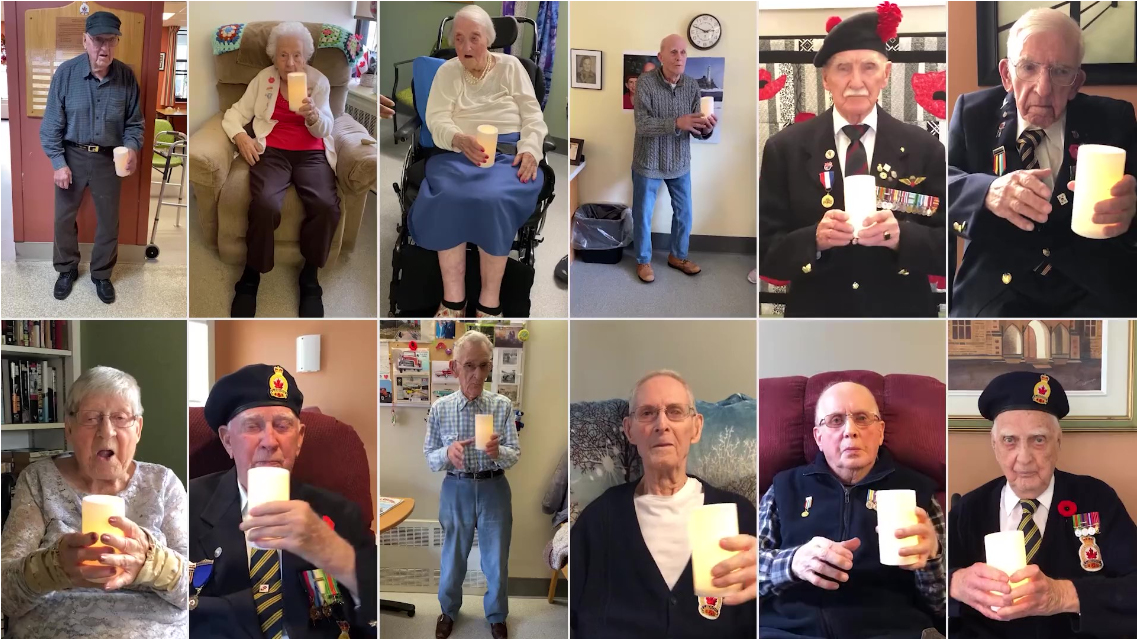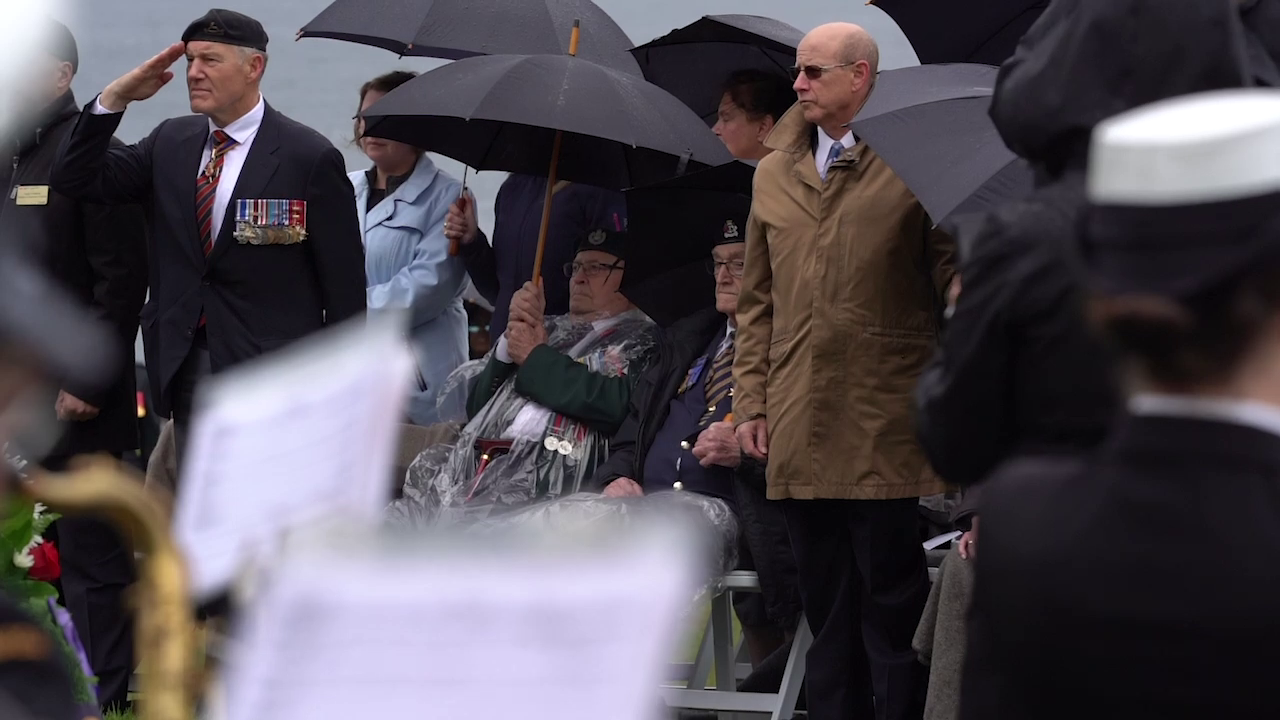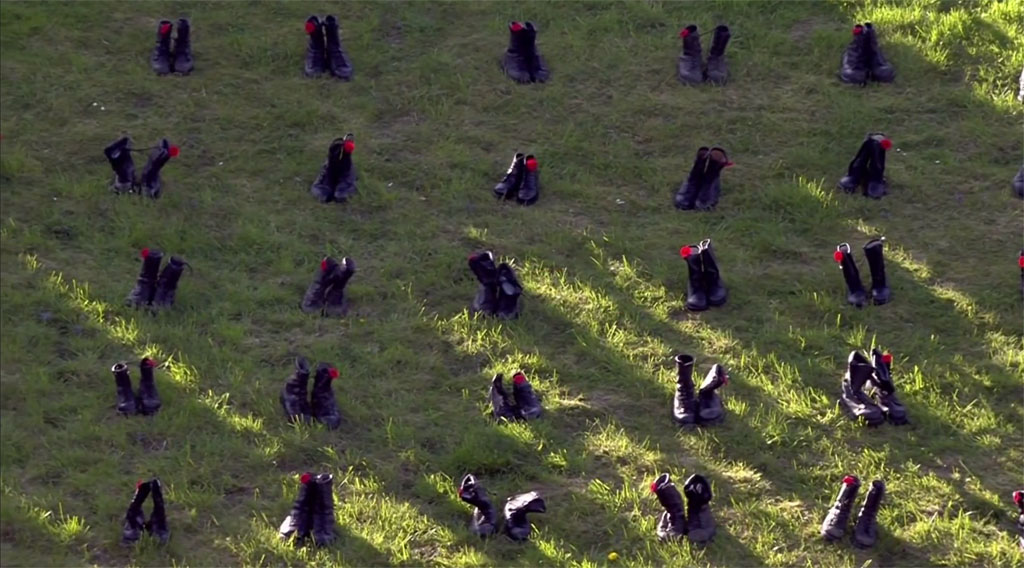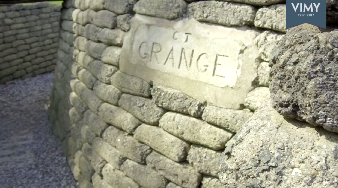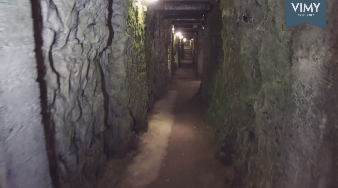Story Behind the Books of Remembrance
Remembrance
Story Behind the Books of Remembrance
Transcript
Side view of First World War Book of Remembrance 1914-18
the First World War when the Canadian government decided that they wanted to commemorateNames of deceased Veterans names in Book of Remembrance
the memory of the Canadians that died. Originally I believe the memorial chamberCalligrapher Richard Draffin being interviewed
was going to have the names of all the Canadians that died chizzled into it but then when the casualties became so many that the book was adopted as a way to commemorate them.Page of book Orkney Islands with listing of deceased Veteran's names
So there is a Second World War book, there's a Korean book, there's a Merchant Navy book,Visual of names listed in Book of Remembrance
there's a Newfoundland book and there's a book for the Boer War and the last book that was created in theCalligrapher Richard Draffin being interviewed
last fifteen years was the Seventh Book of Remembrance which is in the service of Peace. And that's the book from all the names from the Afghanistan casualties are written into. The Books are absolutely beautiful andVisual page of Book of Remembrance Battle of the Atlantic
if anybody ever has the chance to go to the House of Parliament in the Peace Tower and look at them you will see them. And keep in mind that every, every, everyCalligrapher's hand scratching the names of deceased Veteran's name
brush stroke, every letter has been done by hand, the binding has been done by hand.Visual of binded pages of open Book of Remembrance
Calligrapher's hand in position working on names in book
Personally my favorite book to look at isCalligrapher Richard Draffin being interviewed
the Korean book because of the Christmas and the beauty of Yvonne Dyseman's (sp) work.Calligrapher Richard Draffin at work flipping pages of Book of Remembrance
The First World War book is absolutely stunning. If you look at the front piece of it becauseVisuals of pages in Book of Remembrance and calligrapher turning the page
it is actually heavy to lift because it's got so much gold and the intracacies of it.Calligrapher Richard Draffin being interviewed
The first page of the First World War book is one of my favorite pages because the bottom of it, it's got Canadians coming from farms and across the country and then going to War.Visual of first page of the First World War Book of Remembrance
The Books of Remembrance are very personal to me though because the passion for calligraphy plus the meaningfulness of it. The decision was made when it was done that is was going to be aCalligrapher RIchard Draffin being interviewed
Book of Remembrance and to honour that they said that is was to be done with traditional methods of lettering. So it's done on vellum. So it's not done on paper but it's done on vellum which is animal skinVisual of page of book with deceased Veterans names listed
which is quite expensive but it lasts for thousands of years where as paper won't. So everything we do is archival.Visual from top of book scrolling towards bottom showing graphics and deceased Veterans names listed
The gold that's on there is 23 or 24 karat gold either shell gold or leaf gold done in the same method that has been done for a thousand years.The hand of calligrapher as he writes a name in Book of Remembrance
The ink, we don't use ink because ink is a dye base and we use pigment so weVisual of calligrapher's eye focus as he adds a name to the Book of Remembrance
use either gouache or stick ink whichVisual of lettering in Book of Remembrance as calligrapher does some writing of names
has been traditional writing material since Egyptian times but it was carbon mixed with honey and water and now there's different binders but basciallyThe visual of Richard Draffin as he works in his studio
the tools haven't changed. The one tool that has changed is the books a thousand years ago were writtenVisual of calligrapher writing the names of deceased Veterans using his metal nib instrument
with quill and now we use a metal nib; the first metal nib got patanted in 1821 so it's not like we're really using something that is just modern.Calligrapher Richard Draffin being interviewed
The idea of it is that when the books are open in a thousand years the lettering, the gold, the colors will be as nice, clean, crisp as they were when they were actually laid down and that I think does honour to it.Letters styles and names on sheet of paper
The ongoing list of names that have to be corrected. In the Seventh Book it's names that have to be added because they've recently died or something has comeCalligrapher Richard Draffin being interviewed
to light that there name has been authorized to be written in it. In other cases it's the wrong name, the wrong rank, the wrong regiment and then it gets corrected. It's pressure because they are absolutelyThe face of calligrapher Richard Draffin as he works on Books of Remembrance
priceless objects and they can't be replacedThe hand of calligrapher Richard Draffin as he writes names in Book of Remembrance
because they are Canadian works of art and when I sit in a room with them I feel aSide view of First World War Book of Remembrance 1914-1918
sense of them and it just hopefully I do good enough work that they will let me continue to work on it.Side view of calligrapher Richard Draffin as he works on Books of Remembrance
Personally I consider it an honour to be able to work on the books because a normal Canadian would seeHand of calligrapher Richard Draffin as he erases a name
them underneath glass and when I work on them I am able to be in a room sometimes with three or four of them if I am having to do corrections. So I am able to spend time with the books and it's a completely different feeling when you rub your fingers over anotherVisual of page of Book of Remembrance Orkney Islands with deceased Veterans names listed
calligrapher's work or an artist's work andCalligrapher Richard Draffin works on Book of Remembrance
you can feel, you can feel the ink on the vellum. And it really gives you a real sense ofCalligrapher Richard Draffin being interviewed
connection to the past, not just to me as a Veteran, to the soldiers but also to the scribes that worked on those books and the artists that worked on them.Visual of 1915 page of Book of Remembrance
Different visuals of listings of names in Book of Remembrance
Description
Calligrapher, Richard Draffin, shares his personal experiences and passion for his artistic involvement in working with the Books of Remembrance providing a sense of the detail and techniques used in preserving the names of all our fallen Canadians.
Meta Data
- Medium:
- Video
- Owner:
- Veterans Affairs Canada
- Recorded:
- November 5, 2014
- Duration:
- 5:04
Related Videos
- Date modified:



